I
Iron Flatline
Guest
Hi, been a while.
Does anybody know anything about Micro-Four/3rd system, and Depth of Field? Is it possible to shoot shallow? The 2:1 lens equiv factor doesn't translate to DOF issues because the capture-plane so close behind the last element. Comments?
Does anybody know anything about Micro-Four/3rd system, and Depth of Field? Is it possible to shoot shallow? The 2:1 lens equiv factor doesn't translate to DOF issues because the capture-plane so close behind the last element. Comments?





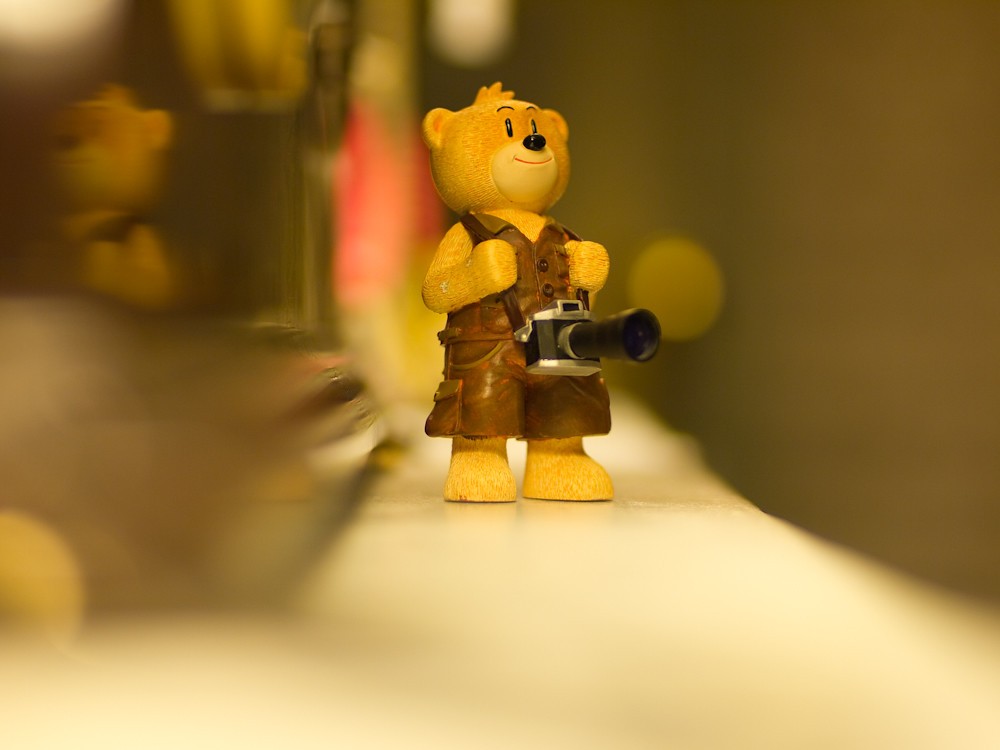
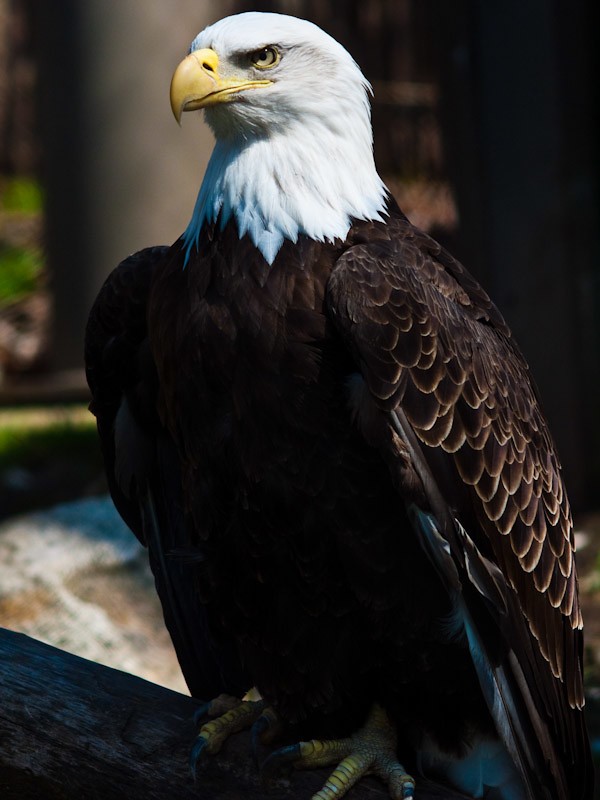
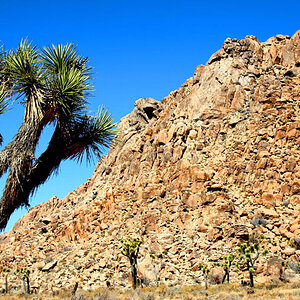
![[No title]](/data/xfmg/thumbnail/37/37643-1ec2500989f6f4894b6e6323c2d3669e.jpg?1619738160)
![[No title]](/data/xfmg/thumbnail/33/33360-ff0b69685c94740bde3f53b6d7aa9af1.jpg?1619735924)
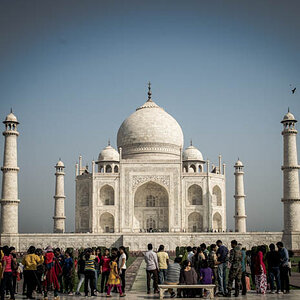
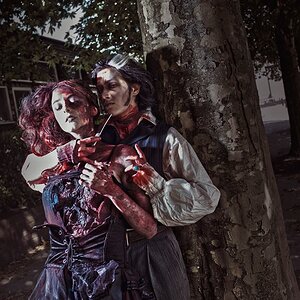
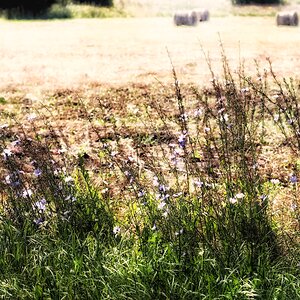
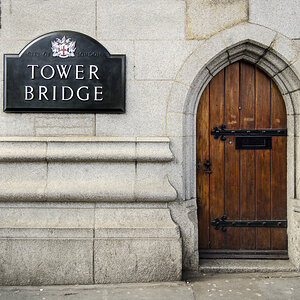
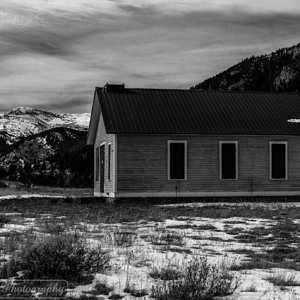
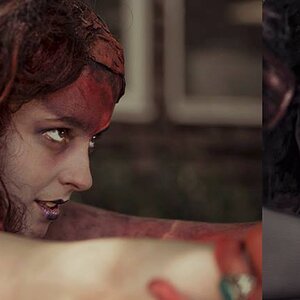
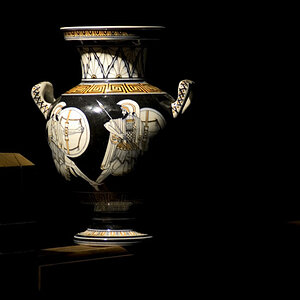
![[No title]](/data/xfmg/thumbnail/33/33358-426ca644c08fb31a8cc23232f17de8dd.jpg?1619735922)
![[No title]](/data/xfmg/thumbnail/41/41784-8cbc2bbf42c1ea67cfe2f77fdd5c53ec.jpg?1619739891)